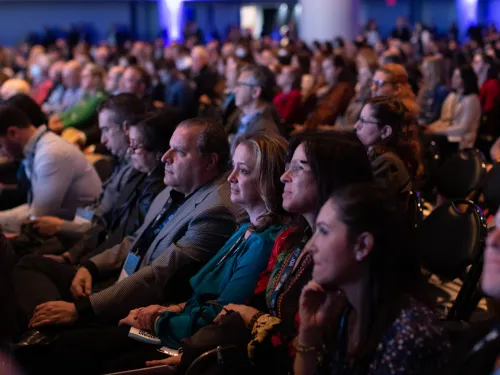Early Childhood Question Corner
For Educators | For Parents, Families, and CaregiversIn Teacher they called me a ____!, Dr. Debra A. Byrnes defines prejudice as preconceived ideas about people “perceived as being different, due to race, religion, culture, gender, disabilities, appearance, language, sexual orientation, or social status” (1995, 3). She explains that a large body of research (Brown,1972; Byrnes & Kiger, 1992; Milner, 1975; Williams & Orland, 1976) indicates that children are not immune to forming prejudicial stereotypes or discriminating against others (1995, 6). As Dr. Byrnes explains, “children begin developing attitudes about various groups in society as early as ages three or four. Initially such attitudes are quite flexible. However, as children grow older such attitudes become more difficult to change” (1995, 3).
In What To Tell Your Child About Prejudice and Discrimination, the National PTA and ADL add that “prejudice is pre-judging. A person who thinks, ‘I don't want (name of group) living in my neighborhood,’ is expressing a prejudice. Despite the best efforts of many parents and teachers, children still learn prejudice and practice discrimination. Prejudice is learned through living in and observing a society where prejudices exist. Children's opinions are influenced by what the people around them think, do and say” (1997). This suggests that “prejudice does not come from children’s awareness of differences among people, but from their perception of negative attitudes about those differences” (Youth Service Activity Guide, 1999, v).
Diane Maluso, Associate Professor of Psychology at Elmira College, explains that among the number of theories about the origins of prejudice, “social learning theory suggests that prejudice is learned in the same way other attitudes and values are learned, primarily through association, reinforcement and modeling.” Through the messages they receive in the world around them, “children may learn to associate a particular ethnic group with poverty, crime, violence and other bad things.” Children will reproduce these messages if they are repeated often enough, and if they are reinforced by others, such as when peers laugh along at a derogatory joke. Maluso emphasizes that parents play an important role in prejudice acquisition.
“The relationship between parents’ and children’s attitudes toward members of out-groups is consistent. Not only do parents teach prejudice directly through reinforcement, but children often learn their parents’ prejudiced attitudes by simply observing their parents talking about and interacting with people from other groups."
Based on social learning theory, it follows that adults surrounding young children can help prevent the development of prejudice.









